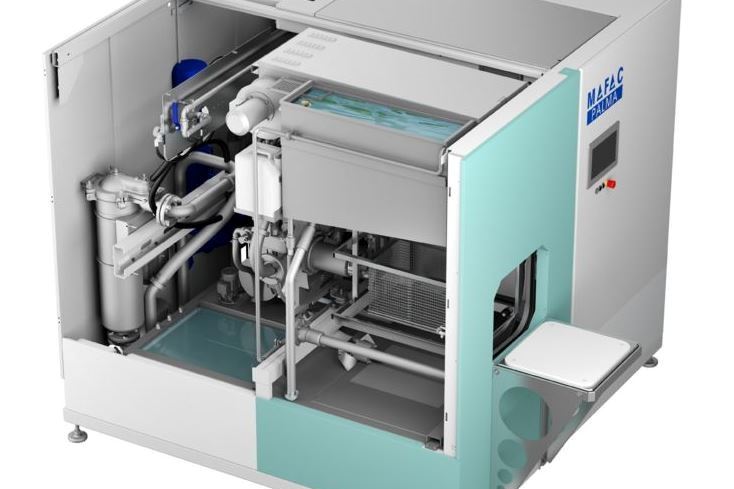Dörken MKS Helps Petersglocke Bell of Cologne Cathedral Ring on High
Engineers apply the Delta-Protekt KL 170 RT to coat the mount.
The corrosion experts from Dörken MKS played a huge role in making sure the Petersglocke bell of Cologne Cathedral in Germany will ring properly for another 100 years or more.
After 18 months of silence, the bell began sounding again last year thanks to craftsmen and technology from Dörken MKS. In the summer of 2016, an investigation by the European Competence Center for Bells (ECC-ProBell) revealed that uneven striking of the clapper – as a result of the offset hole in the bell cover – meant that the “Dicke Pitter” was no longer emitting its customary sound. It was subsequently discovered that a repositioning of the bell clapper could not only result in an improved sound but also contribute to the long-lasting protection of the Petersglocke.
Featured Content
In collaboration with the Cologne University of Applied Sciences, the cathedral construction authority developed a new mount, to be built by Dirostahl. The special feature of this mount? It is milled from a single forged piece and can be moved horizontally to the millimeter via two double eccentric components. In addition, it is also equipped with a Heico-Tec clamping nut that guarantees a defined torque in the rod that carries the clapper and secures the bell. This mount is the only one of its kind.
It was also determined that the bearing element needed protection against corrosion. This is where the corrosion experts from Dörken MKS came in. Working together with in-house and contract coater Lisi Automotive Beteo Oberflächentechnik GmbH, the company applied the newly developed product Delta-Protekt KL 170 RT to coat the mount. Dörken MKS says sacrificial behavior of the zinc-flake coating delivers cathodic corrosion protection, and that a particular benefit of the new product is that the protective coat has a thickness of just 4–20 μm and dries at room temperature, eliminating the need for a curing oven. This meant that it could be applied to the 780-kilogram component on-site, in the belfry of Cologne cathedral, via spray application. The clamping nut is also securely protected against corrosion.
After the mount and the approximately 600-kilogram clapper were brought back into position, the nearly 100-year-old bell was able to ring out again to mark All Saints equipped with a highly efficient corrosion protection solution from Dörken MKS.
Visit doerkenusa.com
RELATED CONTENT
-
Cleaning, Pretreatment to Meet Medical Specs ISO 13485 or FDA 21 CFR820
Maximilian Kessler from SurTec explains new practices for industrial parts cleaning, metal pretreatment and decorative electroplating in the medical device industry.
-
Fixing Corrosion Between Anodized Aluminum and Steel
Anne Deacon Juhl, Ph.D., with AluConsult, says Galvanic corrosion is due to an electrical contact with a more noble metal or a nonmetallic conductor in a conductive environment.
-
Understanding Corrosion and Salt Spray
How it’s produced, NSS testing and how to get the best results possible.






















